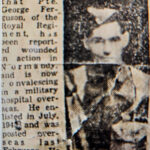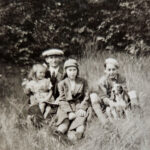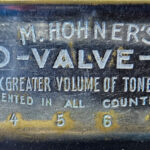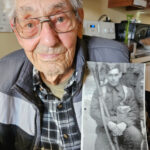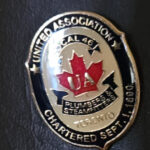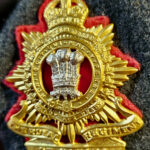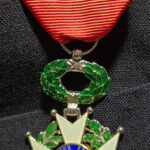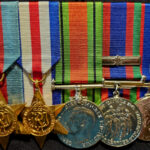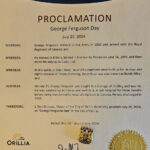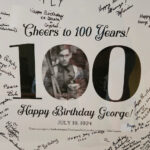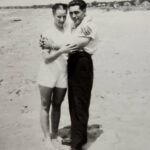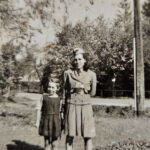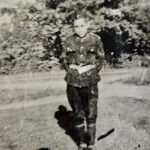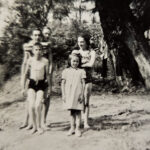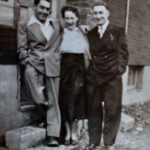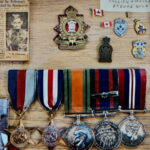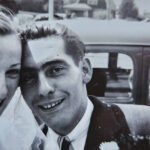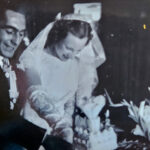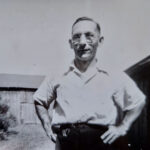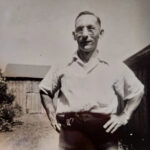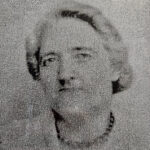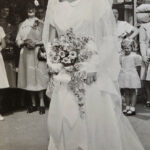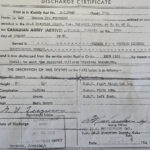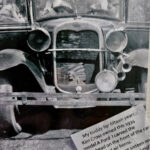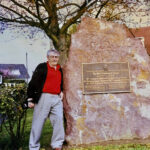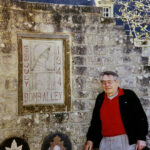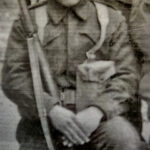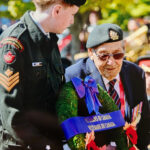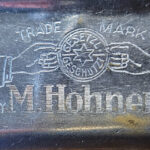George Ferguson was born July 19, 1924 in Stenhousemuir, Scotland; his family emigrated to Canada when he was just four years old, the oldest son. George’s father was a Great War veteran who tended the war horses; back home he also worked with fox hunt horses and as those class-based traditions started to come undone in postwar Britain he pursued other opportunities, leading him to southern Ontario. George recalls that the family was often on the move during the Depression years, and that his education suffered. George left school after Grade 10 as he needed to work to help support the family. The war was approaching by this point, and when it did start George’s father signed up for the Merchant Marine, making many voyages at the most dangerous time of the war for that fleet. George also wanted to enlist in the early days of the war, but he was just 15 – and his mother did not want him to go. He waited until he was 17, and as he recalls he lied to his mother about taking work up north – and he joined up and reported for basic training. The Horse Palace was the first stop, followed by training in Brantford and Camp Borden. The men were then sent to Halifax, where they boarded the Ile de France, and with that they were en route to Glasgow. Camp Aldershot was the next stop, and soon after that George was chosen as a replacement soldier and attached to the Royal Regiment of Canada, in the 8th Reconnaissance Group. George spent about a year in England, and much of this time was spent in training and preparing for the D-day assault that everyone knew was on the way. The Royal Regiment’s crossing was delayed because of the bad weather conditions in the second week after the invasion, so they ended up landing on D+16 at Omaha Beach. They then marched over to Juno Beach in the Canadian sector and moved inland to Caen, where they would begin to see their first combat. Part of their advance took place during the week of July 16, 1944, and that is when George was in what would become known as “Bomb Alley”. The regiment was moving down a road that had been sighted and lined up by the Germans, and when their artillery bombardment began George was hit by shrapnel and severely wounded. A Bren carrier/ambulance took George to a field hospital, where the shrapnel was removed and he was treated for his wounds. Stops at other hospitals followed, first a British holding hospital in Normandy and then back to England itself, where George continued his recovery at 23rd Canadian General Hospital. He stayed there for about five months, after which he boarded a hospital ship for the return voyage to Canada. He made his way back to Toronto, meeting his family at Union Station; his recovery continued, as medical teams fitted him with the necessary prosthetics for his shoes to help him get around. George also used his benefits to attend Ryerson and upgrade his plumbing skills; as he already had experience here, the instructor would send him out on jobs. George went on to be an inspector, and he served 70 years with Local 46; he also married shortly after the war, going on to build a new life on civvy street. George Ferguson was interviewed by Scott Masters at his home in Orillia in August 2024.
Videos
Click next video below to keep watching
